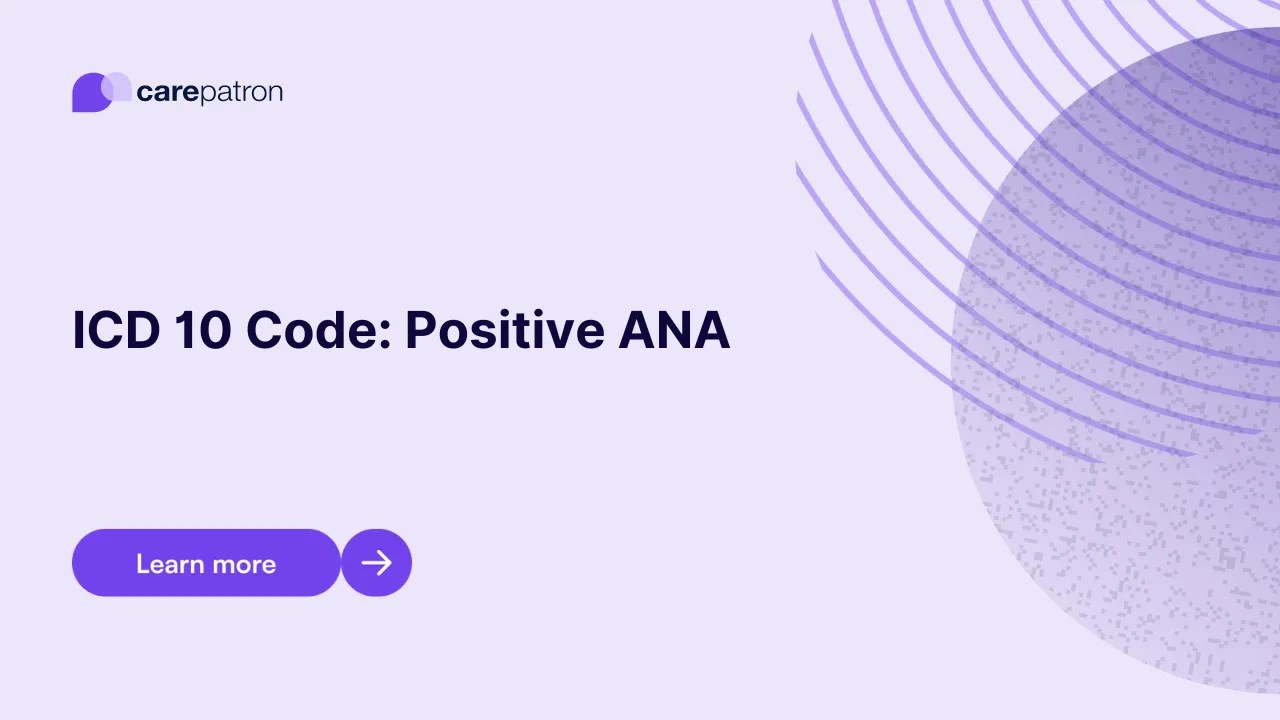How does the intricate world of medical diagnostics, exemplified by a "positive ANA" result, intersect with the structured language of "ICD-10" codes and the profound need for effective "stress management techniques"? This complex interplay forms a critical frontier in modern healthcare, demanding a holistic understanding for both clinicians and individuals seeking clarity about their health journey.
Editor's Note: Published on 2024-07-30. This article explores the facts and social context surrounding "positive ana icd 10 stress management techniques".
Establishing the Diagnostic Landscape
The Anti-Nuclear Antibody (ANA) test serves as a foundational screening tool in the investigation of autoimmune conditions. A "positive ANA" result signifies the presence of autoantibodies, proteins produced by the immune system that mistakenly target the body's own tissues. While often a significant indicator, it is crucial to understand that a positive ANA is not, in itself, a definitive diagnosis of an autoimmune disease. Many factors can lead to a positive ANA, including certain medications, infections, and even appearing in a small percentage of healthy individuals without any apparent disease. Its interpretation requires careful clinical correlation with symptoms, other laboratory tests, and a thorough medical history.
"A positive ANA is a powerful signal, but it's an alarm bell, not a verdict. Its true meaning emerges only when placed within the broader clinical narrative of a patient's health," states Dr. Evelyn Reed, a rheumatologist specializing in autoimmune diagnostics. "Over-interpreting this single marker can lead to unnecessary anxiety, while under-interpreting it can delay crucial interventions."
The Codification of Health
The International Classification of Diseases, Tenth Revision (ICD-10), provides a globally standardized system for classifying diseases, symptoms, injuries, and causes of death. In the context of a positive ANA, ICD-10 codes play a vital role in documenting a patient's condition, facilitating accurate billing, epidemiological data collection, and research. Specific codes are used to denote various autoimmune diseases, suspected autoimmune conditions, and even non-specific findings such as an elevated ANA without an established diagnosis. For example, a code might indicate Systemic Lupus Erythematosus (SLE), while another might simply note "Positive anti-nuclear antibody" (R76.0), pending further investigation. This precise documentation is essential for tracking disease prevalence, understanding treatment effectiveness, and ensuring appropriate resource allocation within healthcare systems.
Key Insight: A positive ANA is a marker, not a diagnosis. Its presence necessitates further clinical evaluation to determine underlying causes, which may or may not be autoimmune disease-related.
Crucial Link: ICD-10 codes bridge the diagnostic finding of a positive ANA with specific medical conditions, allowing for structured data collection and appropriate healthcare management.
